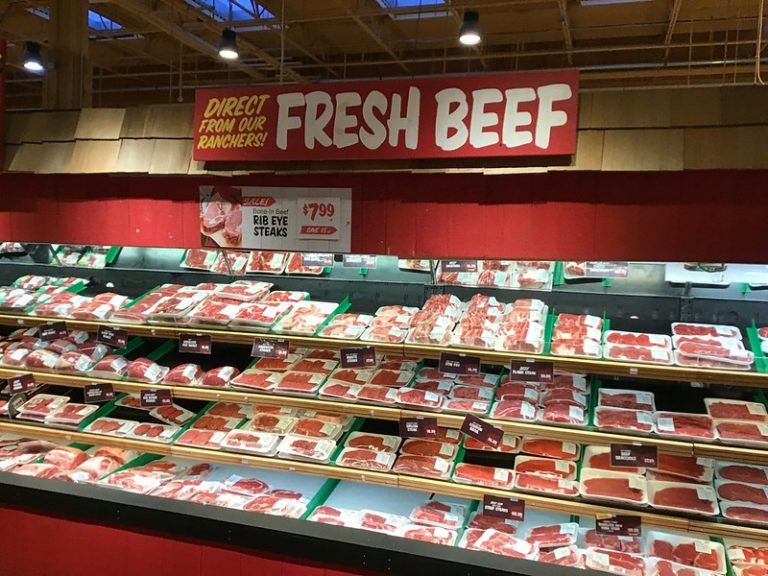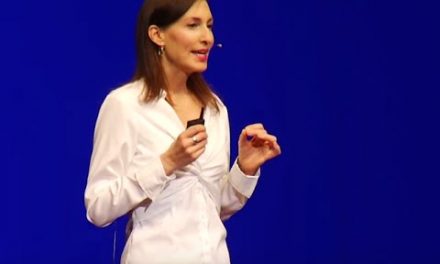Written by Martha Rosenberg / CounterPunch
“Meat Improves Mental Health” mainstream media blasted out this week, without mentioning the “study,” published in Critical Reviews in Food Science and Nutrition, was funded by an “unrestricted research grant from the Beef Checkoff, through the National Cattlemen’s Beef Association.” Such fake science from the meat industry is becoming more common as people drop meat.
Whereas only 1 percent of baby boomers were vegetarian and 4 percent of Generation X, 12 percent of millennials are vegetarian and 60 percent of Gen Z is trying to go meat-free.
The meat industry needs a “scientific” boost, too, as the U.S.’s biggest slaughterhouses close and at least 3,300 U.S. meatpacking workers have been stricken with COVID-19. The public may be having second thoughts about the safety of the meat. Could the workers shed the virus onto the meat? Are the animals themselves sick? Has the China bat-based coronavirus called SADS-CoV which lives in pork hit the U.S. yet?
Late last year another meat-industry generated “study,” this one published in the Annals of Internal Medicine, proclaimed that meat was not harmful but desirable. Yet the lead author, Bradley Johnston, neglected to mention his grant that funded “investigator-driven research about saturated and polyunsatured fats” from Texas A&M AgriLife Research. Oops.
Big Ag products clearly need promotion. Whether non-dairy milks like soy, rice, oat, coconut, pea, almond, cashew, hemp, flax, hazelnut and quinoa, egg substitutes or plant-based meat, Americans are clearly rejecting Big Ag offerings. A full half of Americans surveyed said they would support a ban on slaughterhouses and would prefer slaughter-free meat (such as “lab-grown”) and animal-free meat. Sixty percent of U.S. consumers claim to be reducing their consumption of meat-based products. Of those cutting back, 55 percent say the change is permanent.
Aside from worker and animal cruelty (thrown in high relief as workers die from COVID-19 and livestock are buried alive) animal based agriculture is a blight on the environment. It takes 2,500 gallons of water, 12 pounds of grain, 35 pounds of topsoil and the energy equivalent of one gallon of gasoline to produce one pound of feedlot beef.
Five million acres of rainforest are destroyed every year in South and Central America alone to create cattle pasture, along with the greenhouse gases and water pollution caused by beef production.
Fake nutritional science is not new. A few years ago, the Journal of the American Medical Association (JAMA) admitted that authors of an article arguing for a higher recommended dietary allowance of protein were, in fact, industry operatives. Sharon L. Miller was “formerly employed by the National Cattlemen’s Beef Association,” and author Robert R. Wolfe, PhD, received money from the Egg Nutrition Center, the National Dairy Council, the National Pork Board, and the Beef Checkoff through the National Cattlemen’s Beef Association, said a correction.
Miller’s email address had been, in fact, smiller@beef.org. Good fact checking, JAMA!
Miller and Wolfe wrote many papers promoting animal protein for strength, endurance and weight control. Nor did Wolfe limit his promotions to feed lots and battery hen operations–he also dabbled in the lab.
Wolfe presided over the infusion with endotoxin of 18 laboratory pigs–“until the pulmonary arterial pressure reached a pressure similar to that found in trauma victims”–to reach the conclusion, after killing them and removing their lungs, “that the common practice of providing calories in the form of polyunsaturated [non red meat] fatty acids to critically ill patients carries the risk of being detrimental to lung function.” Yes, the animals died from a saturated fat deficiency says Wolfe.
It has often been said if an offer sounds too good to be true it is. The same can be said about academic papers that claim meat, milk, eggs and cholesterol are good for you. Reader beware.



